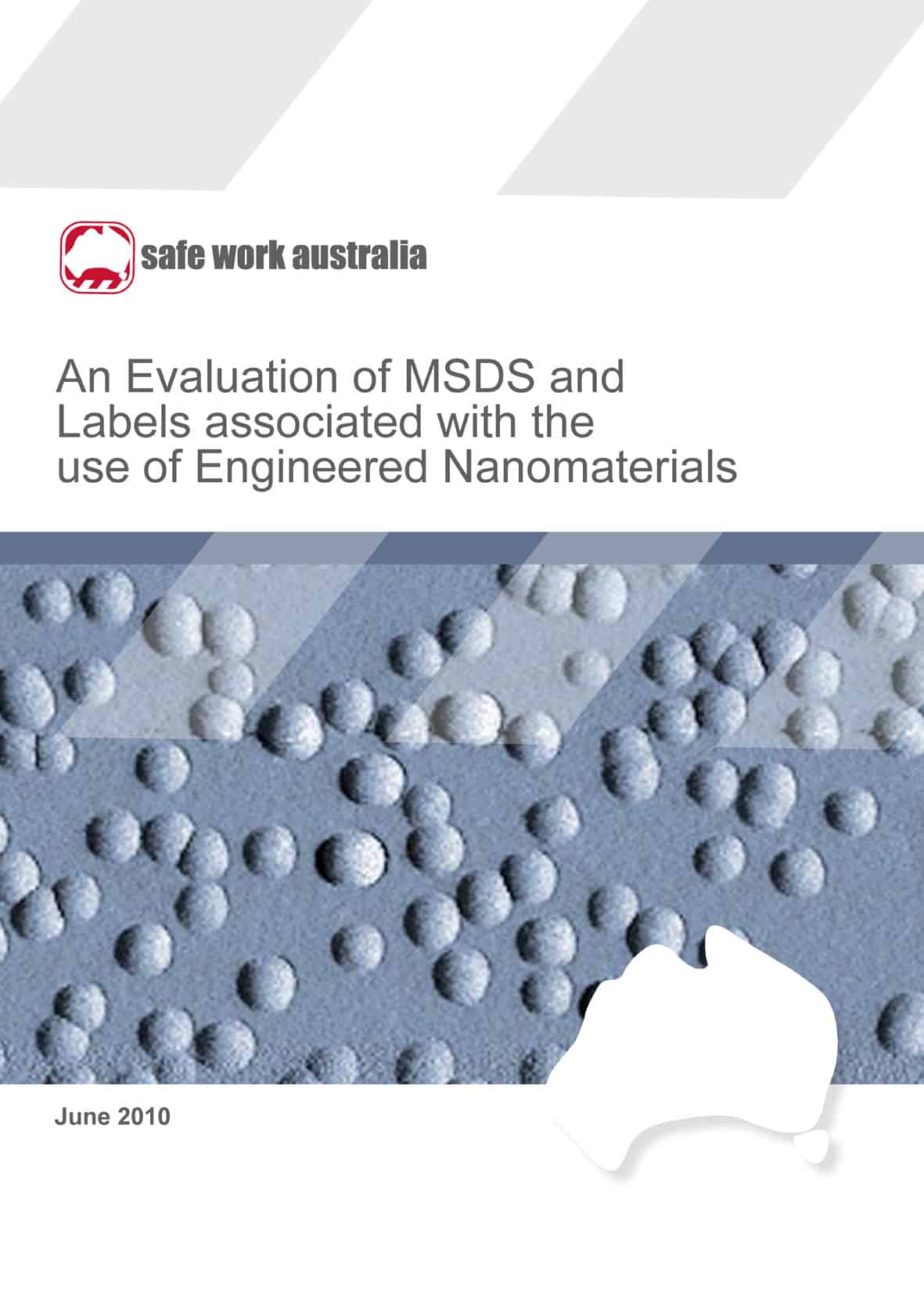England seems set to have the same debate over OHS laws as Australia has been having recently – a debate that focuses on compliance rather than the establishment of a safe workplace.
UK business groups clearly see Lord Young of Graffham as being like-minded. On 15 June 2010 Adam Marshall, Director of Policy and External Affairs of the British Chamber of Commerce is reported to have said:
“While it’s absolutely crucial for employers to take steps to ensure people are safe in the workplace, the proliferation of health and safety rules has resulted in more bureaucracy and less common sense… Lord Young should look to reduce the number of health and safety processes and costs businesses have to face”.
Stephen Alambritis of the Federation of Small Businesses said :
“Our members want the Government to think small first so that health and safety laws stick with small employers, so that they can comply”.
Big business want safety to cost less, small business want to comply – same attitudes as in Australia. Continue reading “UK to see similar OHS review to Australia’s”

 According to Hackitt’s media statement she advised
According to Hackitt’s media statement she advised